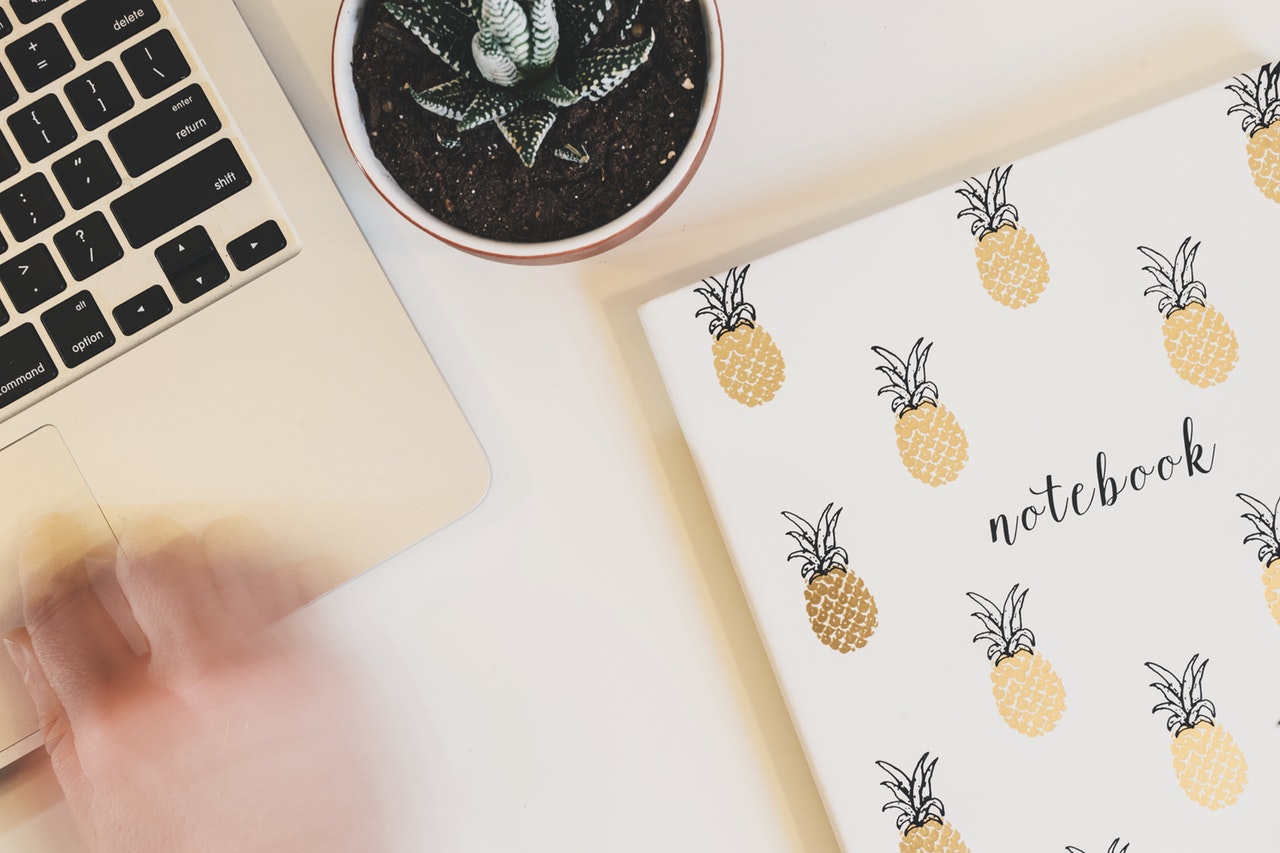How to Prepare for NaNoWriMo

Across the country and even the globe, thousands of writers just like you are getting ready to pen an entire novel in only one month’s time. This event, known as National Novel Writing Month (or NaNoWriMo for short), takes place every November. The idea behind NaNoWriMo is to churn out a complete novel in 30 days.
If it sounds crazy that's because it is. But NaNoWriMo is also popular for a reason. Participation in this event forces you to sit down and write. (I contend that this is the hardest step to novel writing.)
For many writers, NaNoWriMo is the perfect taskmaster because it can motivate you to convert those thoughts, plots, and characters from figments of your imagination into actual words on paper. You don’t have time to think or second guess yourself. You only have time to type it out and move on with the story. Fortunately, you’re not looking for a publish-ready novel by November 30th, only the raw first draft of what is sure to be a riveting read.
Now that you’re pumped about participating in NaNoWriMo, let’s discuss how to set yourself up for success. You’ll spend a month in writer’s isolation (except for the one permissible time out where you emerge from your hole to gorge on turkey and cranberry stuffing). What do you need to do now to be prepared for the next 30 days? Here’s your prep plan:
Here’s a NaNoWriMo prep checklist for you to download. Subscribe to receive this extra resource.
Plan Out Your Novel Now
There are two types of NaNoWriMo writers: those who like to outline (like me!) and those who fly by the seats of their pants. The latter are known affectionately as pantsers.
Which one are you?
If you’re a pantser, you probably work best if you don’t know what’s going to happen next. You just allow the characters to breathe and the plot to unfold before you as you type.
But if you’re not a pantser, you need an outline. This tip is for all the non-pantsers out there. If the idea of going into NaNoWriMo without a plan of what you want to write about sends shivers up your spine, let’s talk.
Start by outlining your story. You don’t need to agonize over this outline. It shouldn’t take too long to write. The basic idea is to come up with a simple story that you can summarize in a simple sentence or two. Then, expand from there. This is called the Snowflake Method of outlining, and it works very well with NaNoWriMo. Here’s an example:
A girl named Cinderella meets and marries a prince.
A orphaned girl, named Cinderella, who lives with her stepmother, meets a prince at a ball. They fall in love and get married.
An orphaned girl, named Cinderella, who is forced to become a servant to her wicked stepmother, gets a visit from her fairy godmother. Her fairy godmother makes it possible for her to meet the prince at a ball. Cinderella and the prince fall in love, but she must leave suddenly. He loses her but then finds her again and then they get married.
You get the idea. You can also create a more detailed outline, if it will help you write faster.
Research Now
Whether you’re writing a period piece or gearing up to create a sci-fi drama and want to write from an informed position, it’s best to get the answers to your research-related questions now. In NaNoWriMo, your focus should be writing, not researching. Research can slow you down, and may even sideline you altogether. Before you know it, the month has passed, and so has your motivation to continue the story.
Now is the perfect time to get the information that you need.
However, not all research is text-based. Some research is visual. You can also create a visual reference library for your novel. This is actually one of my favorite ways to use Pinterest. Simply create a secret board on Pinterest and then pin story-related images to that board that you can then refer back to while you’re writing your novel. Examples of these story-related images include:
- Landscapes
- Houses
- Hairstyles
- Clothing
- Cars
- People
If you’re a visual thinker, having all of your reference images in one digital folder is so useful. With Pinterest, you can actually see a concrete image and put words to it, instead of relying solely on your imagination to visualize your characters and the world that they live in.
It’s also a good idea to create a character bible, too. Check out this post for help on developing your characters. Even if the character (and the description) changes when you’re writing, it helps to have a baseline.
Get Your Tools Ready
Here a few tools you’ll probably need to succeed with NaNoWriMo:
A good keyboard - Yes, it’s technically possible to handwrite your novel during NaNoWriMo, but unless you’re a speed writer, it’s probably faster (and easier) to type. Your hands will get sore churning out between over 1,000 words every day. With typing, you’ll have two hands doing the work, and not just one.
If you need to replace your keyboard because of a sticky key, do it now and don’t dread it later.
A notebook - You need a notebook (and a pen) on your desk during NaNoWriMo. When you come up with some fantastic idea (plot twist, character backstory, perfect turn of phrase), you need to write it down before it evaporates. You can jot it down in your notebook without breaking your momentum. You can also keep this notebook with you when you’re not at your desk to quickly log ideas.

A soundtrack - Some writers need to listen to music as they write. If that’s you, get your playlist ready now.
Food and drink - Last, but certainly not least, you’ll probably need some form of edible goodness on your desk at all times. Desk food reduces the nagging need to go to the kitchen, which also breaks your concentration.
Food can also serve as a dangling carrot to get you through each writing milestone. For example, you may say to yourself, "Once I make it to the next page, I’ll eat a peanut M&M." Please tell me that I’m not the only one who does that. Yes, I know that you’re not a dog and you don’t have to reward yourself with food but NaNoWriMo is a no judgment zone.
Good Literature
Now’s the time to read good literature. Before you start writing, read beloved novels-- those that you love or those that were recommended by others. The best writers are the best readers. Immersing yourself in beautiful language can only benefit your future novel.
Have a Daily Goal in Mind

Sure, your ultimate goal is to write 50,000 words, but break it down into a smaller goal: 1,667 words per day. If you can hit that minimum, you’re solid. If you’ve outlined your novel and have a general idea of where you’re headed, stop focusing on the forest and start focusing on the tree that’s directly in front of you. It’s easy to get overwhelmed but remember that NaNoWriMo should be managed on a day-by-day basis.
It can be motivating to have a goal set for each day or even week of NaNoWriMo. When you meet that goal, reward yourself: See a movie, eat a treat, or buy something that motivates you to continue.
Prepare Yourself Not to Edit
Understand this going in: What you’re about to write is not fit for public consumption. It’s a barely organized blob of thoughts, ideas, characters, and settings. It’s not going to look pretty but that’s okay.
You won’t need to show this draft to another living soul. It only serves as a starting place to gear you up for the second draft. That’s where you’ll do your real work. So, don’t allow yourself to get slowed down by editing sub-plots, rewriting paragraphs, switching settings, or reworking character back stories. Aside from correcting a typo involuntarily, let the words fall as they may. It’s in the re-editing that you’ll shine up the diamond in the rough.
Good luck to you!
Related Posts
Before you go, check out these related posts:
Here’s a NaNoWriMo prep checklist for you to download. Subscribe to receive this extra resource.




